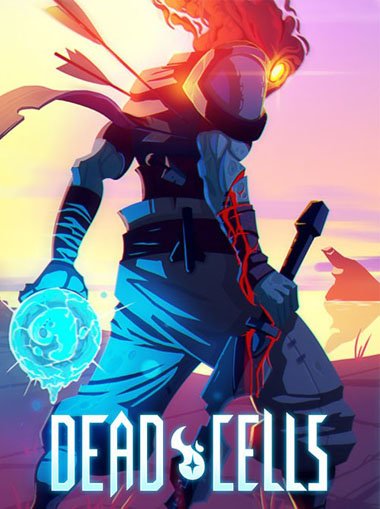
According to the most recent theories and in the most barebones terms, the plot of Dead Cells goes something like this:Ī terrible Malaise is unleashed on the kingdom, killing citizens and driving them mad, and the Alchemist blamed for the plague is locked far away in a castle. The other part is Motion Twin intentionally keeping things vague, building a tone for the universe and introducing characters so players can put the pieces together themselves.Įssentially, Bénard said, fans have gotten it right so far. Part of that is due to the game's nonlinear format, which naturally conceals certain details from players. The game itself is speckled with story beats, both accidental and purposeful, and the narrative is vague. Motion Twin has a narrative document now, patched together in half French and half English, but it tells the entire story of Dead Cells. But it finally became a quite complicated one." "After a few months in Early Access, it was becoming a little bit more obvious that we wanted to tell something because the universe was compelling for most players, the world of the game, so it would be a shame not to do something from that," Bénard said. They continued to build out the game, adding bits of fantasy and naming characters with no grander goal in mind. Besides, no one on the team would call themselves a writer. Motion Twin developers didn't want to shoehorn loading-screen lore into a game that was really all about action and punishment.

Players start back at the Prisoner's Cells and tackle the dungeon again. The game is a roguelike with a modified permadeath system, which means when a player bites the dust, long stretches of recent progress are lost and any items that haven't been properly stored or traded in disappear into the ether. Dead Cells was built to kill its players in a frenzied, procedurally generated and unending cycle, which makes inserting a story tricky.


 0 kommentar(er)
0 kommentar(er)
